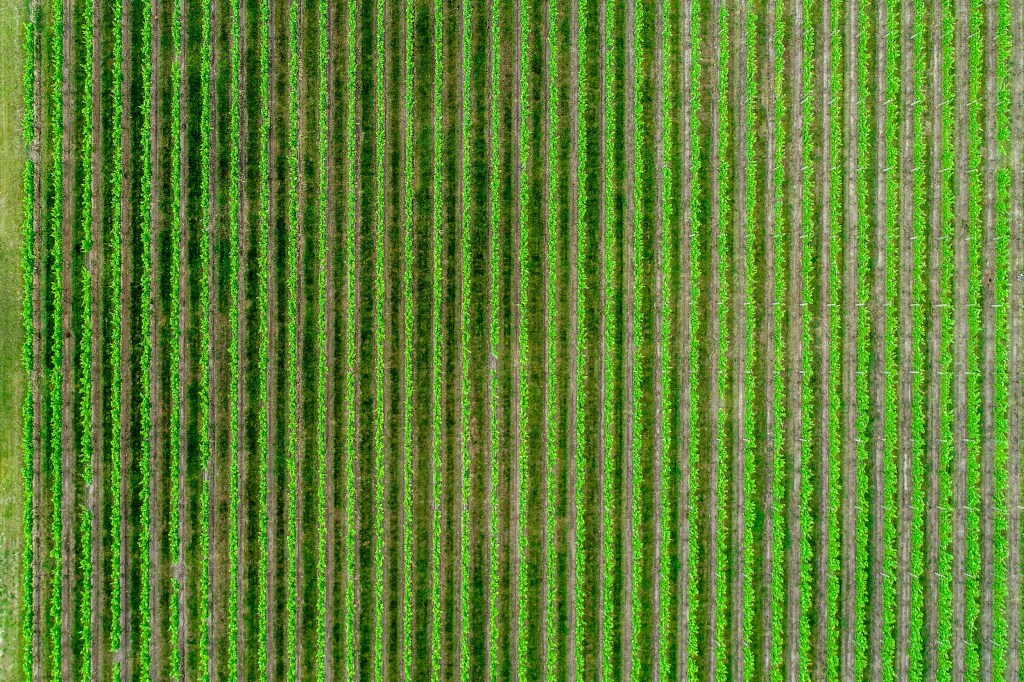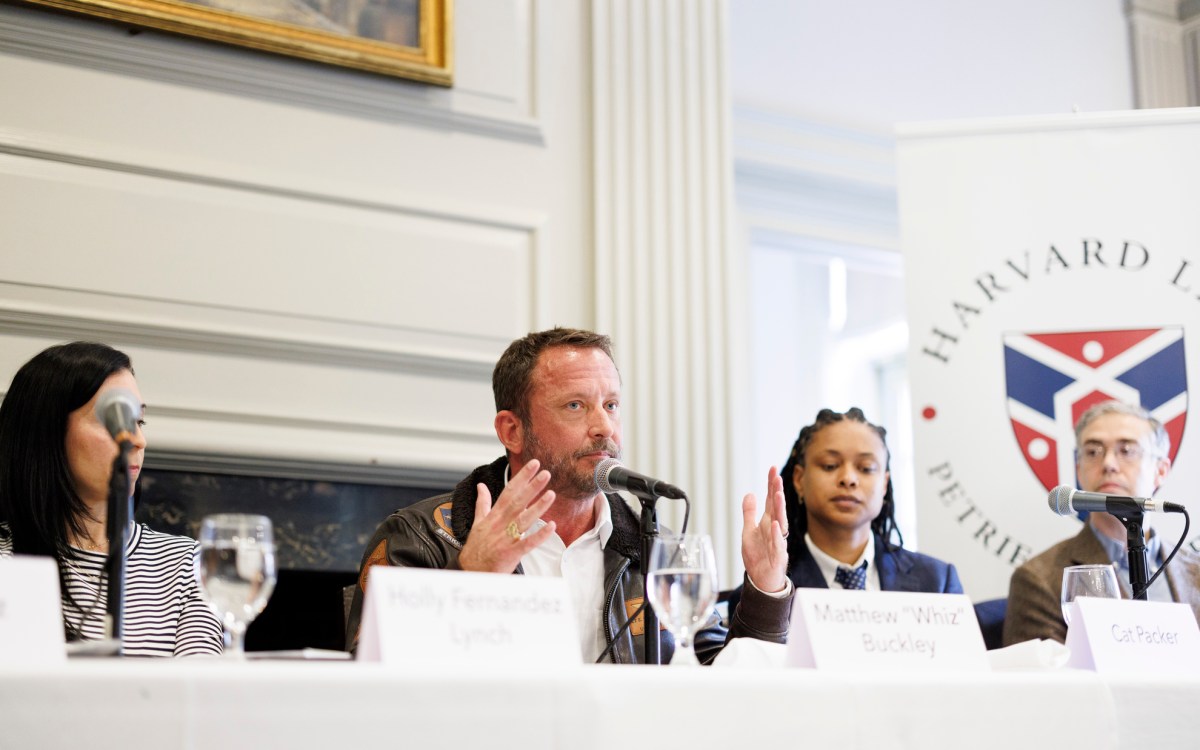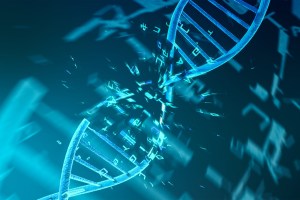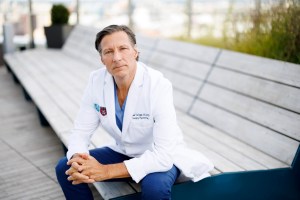Science & Tech
-

Cracking the code of why, when some choose to ‘self-handicap’
New research also offers hints for devising ways to stop students from creating obstacles to success

-
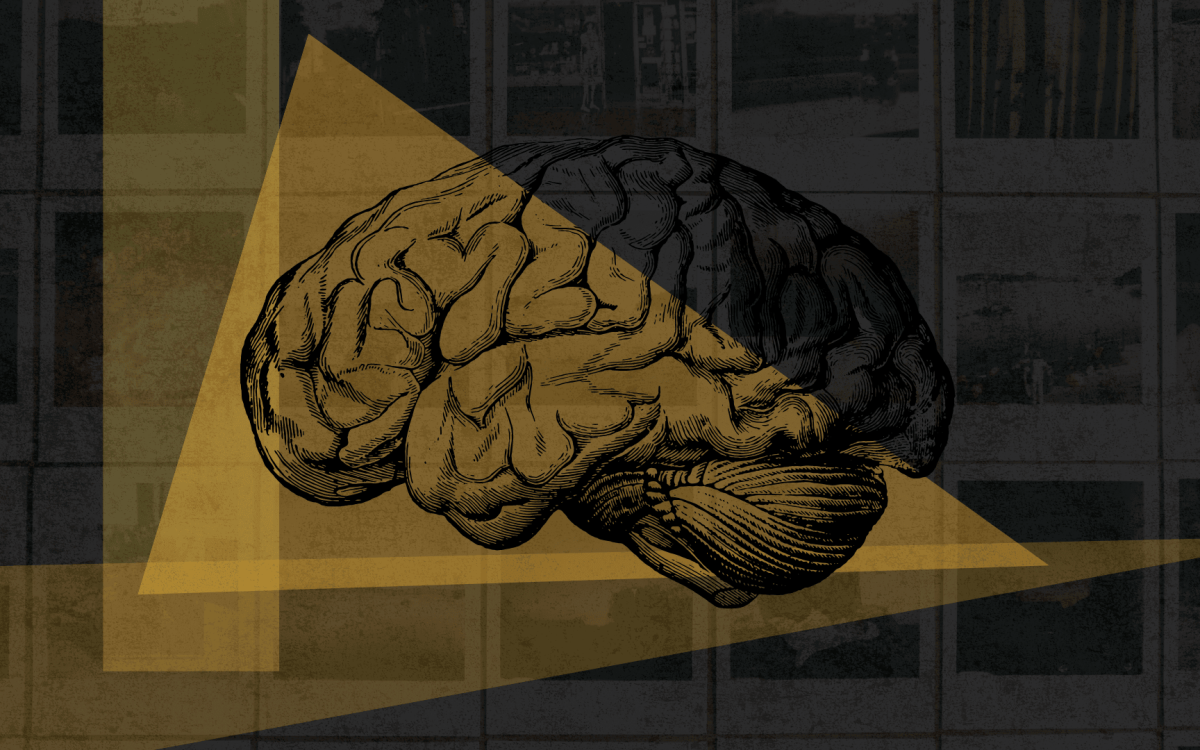
How memory works (and doesn’t)
In podcast, scientists explain why remembering is more reconstruction than replay
-

Mapping our deep-rooted relationship with medicinal plants
Regions with longer histories of human settlement tend to have greater variety, study finds
-
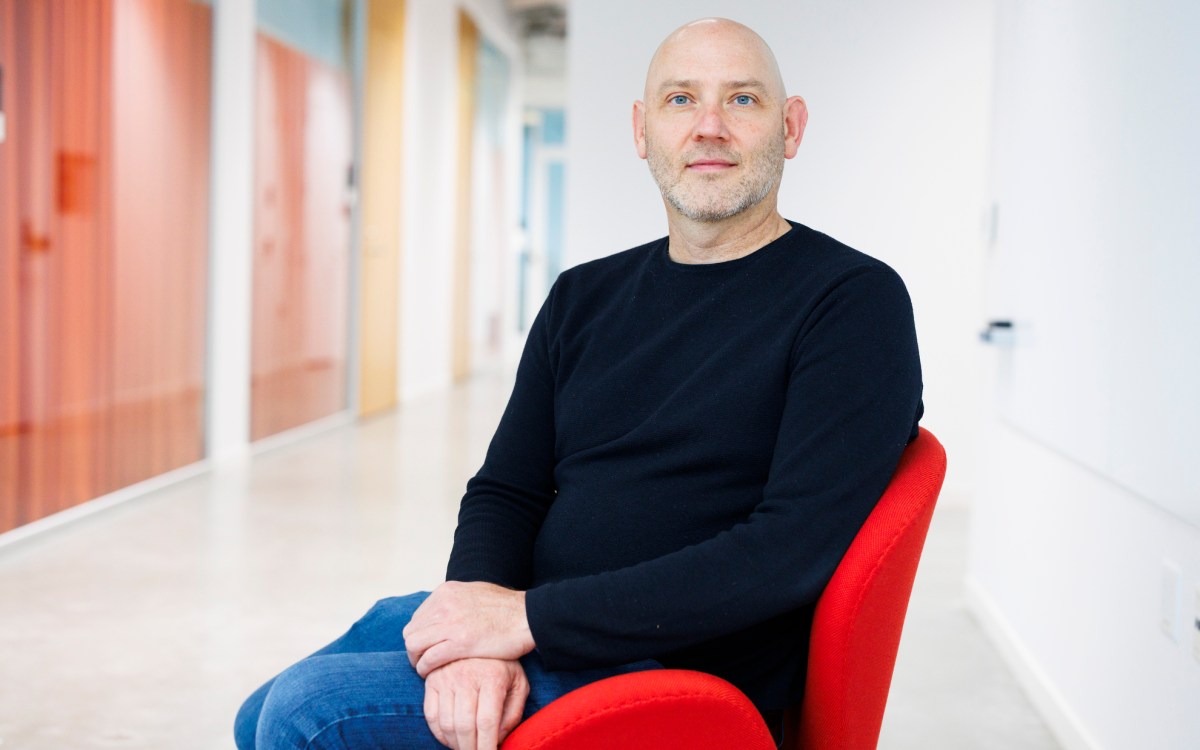
Technically, it’s possible. Ethically, it’s complicated.
Surge in AI use heightens demand for Harvard program that examines social consequences of computer science work
-
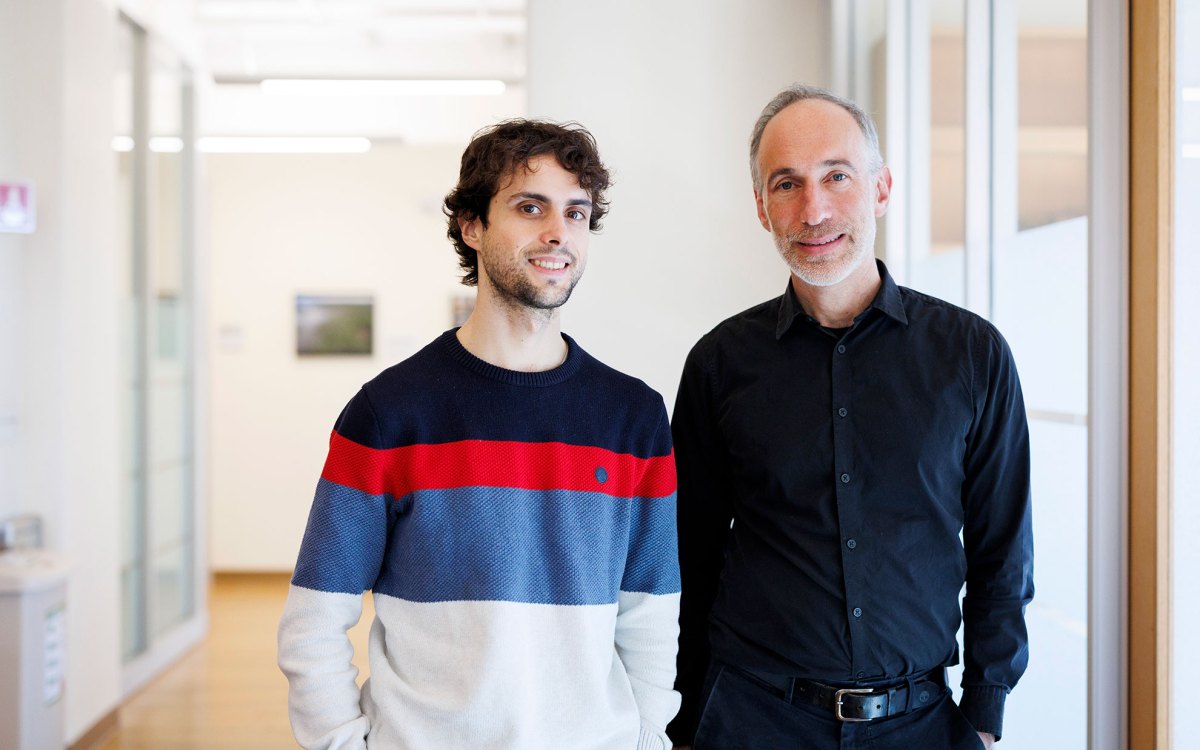
Solving mystery at tip of South America
Study finds previously unknown ancient lineage of indigenous people, which gave rise to surprisingly diverse mix of cultures

-
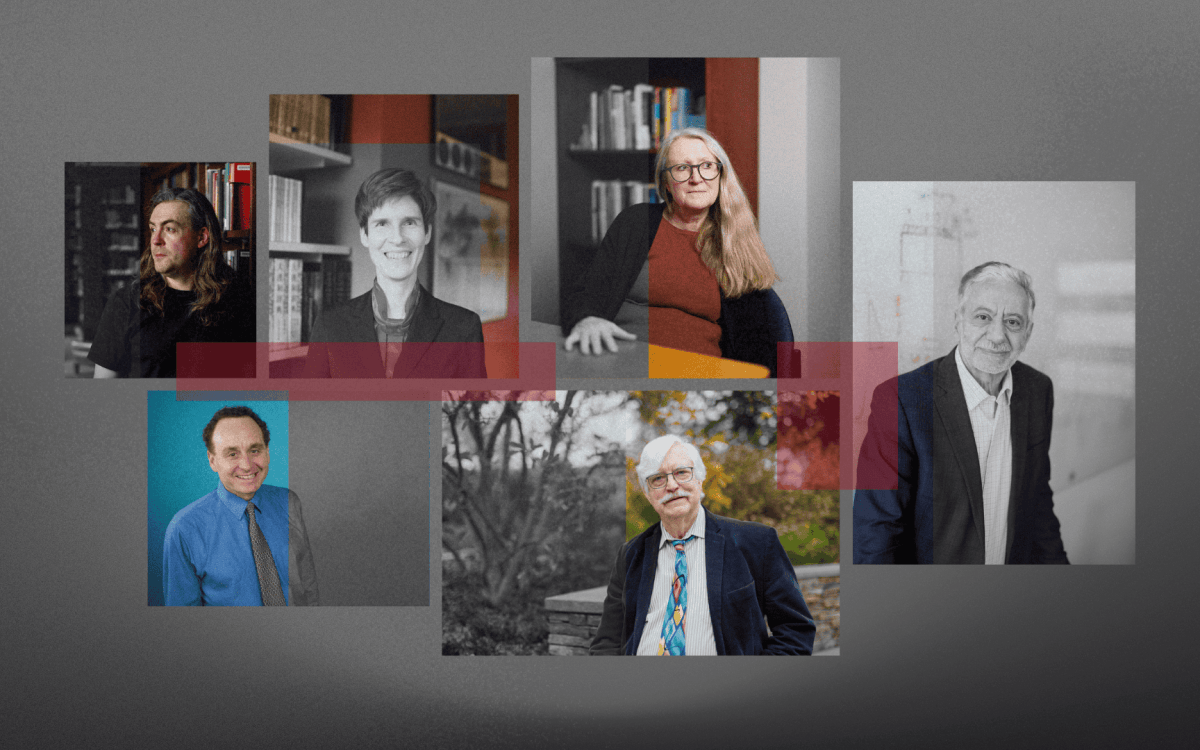
Is AI dulling our minds?
Experts weigh in on whether tech poses threat to critical thinking, pointing to cautionary tales in use of other cognitive labor tools
-
7 million face shields and counting
The Wyss Institute made improvements to its face shields based on recommendations from area hospitals. Joining forces with a Mansfield, Mass.-based manufacturer, the institute’s face shields are now being produced at a rate of 400,000 a day.
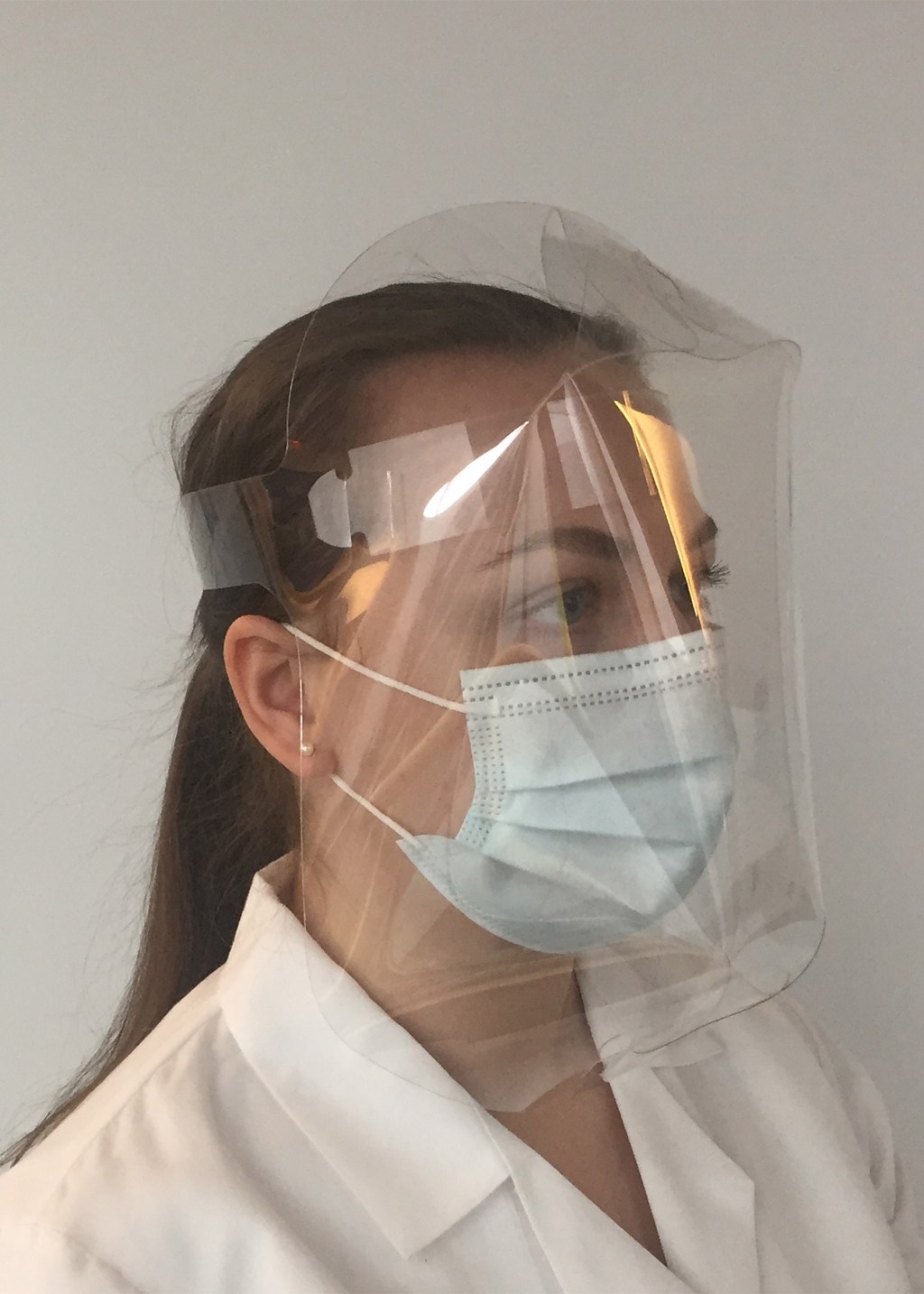
-
Quieting the storm
Acupuncture activates inflammation-regulating pathways, tames cytokine storm in mice.
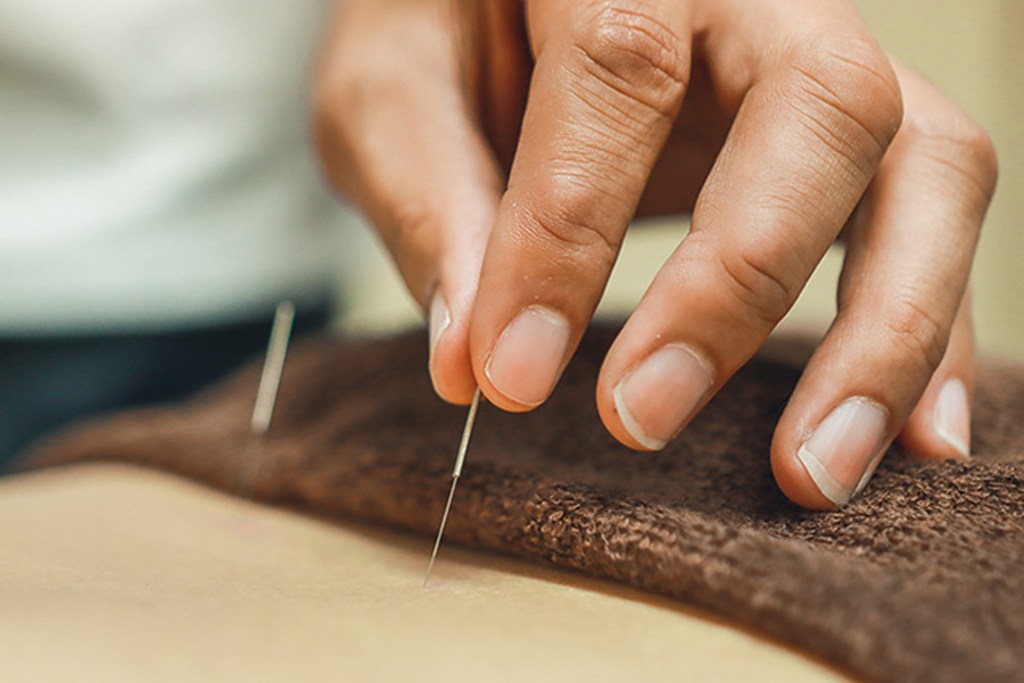
-
Linking sight and movement
Harvard neuroscientists look at how movement influences vision and perception.
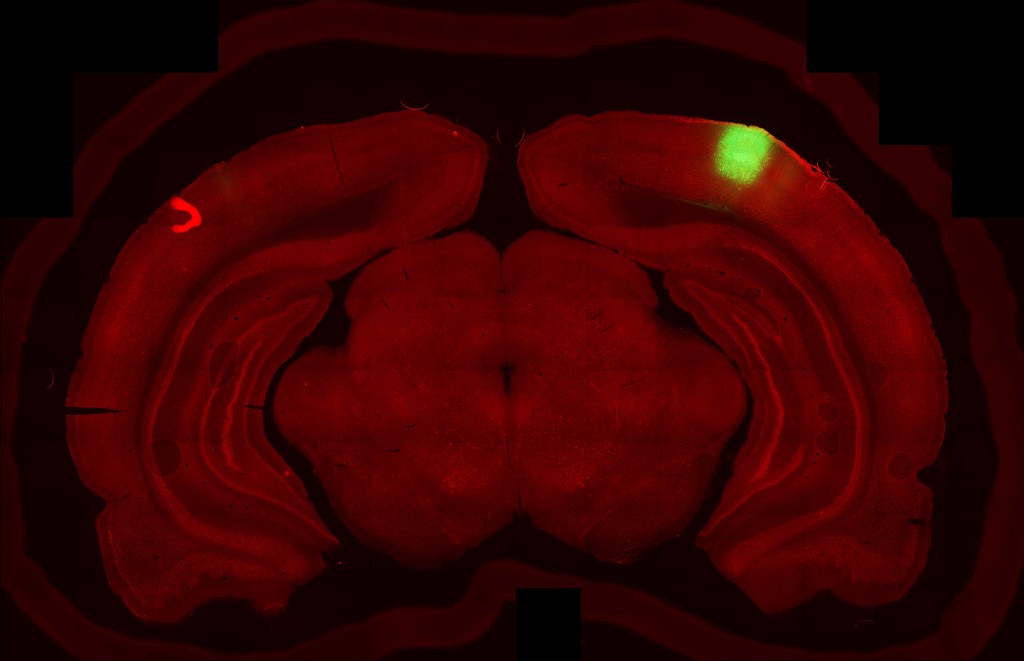
-
A new way to target resistant cancer
Harvard University researchers have identified a unique characteristic of the resistant cancer cells, which could lead to an inhibitor can be repurposed and combined with chemotherapy to improve patient outcomes.
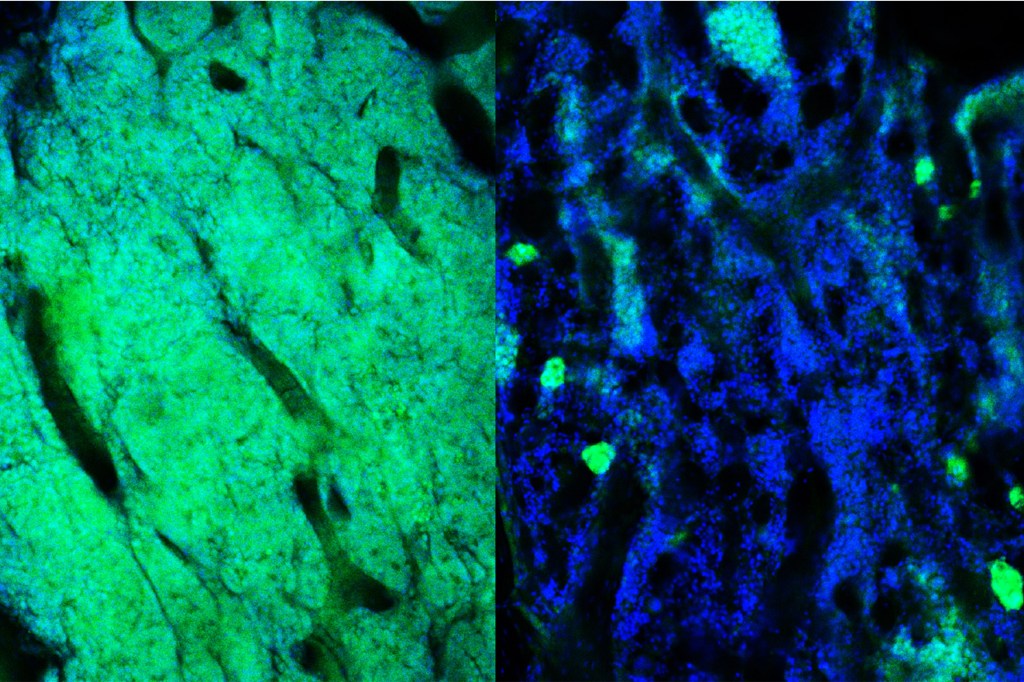
-
Emily Balskus wins $1M Waterman Award
Emily Balskus has won the Alan T. Waterman Award, the National Science Foundation’s most prestigious prize for scientists under 40 in the United States.
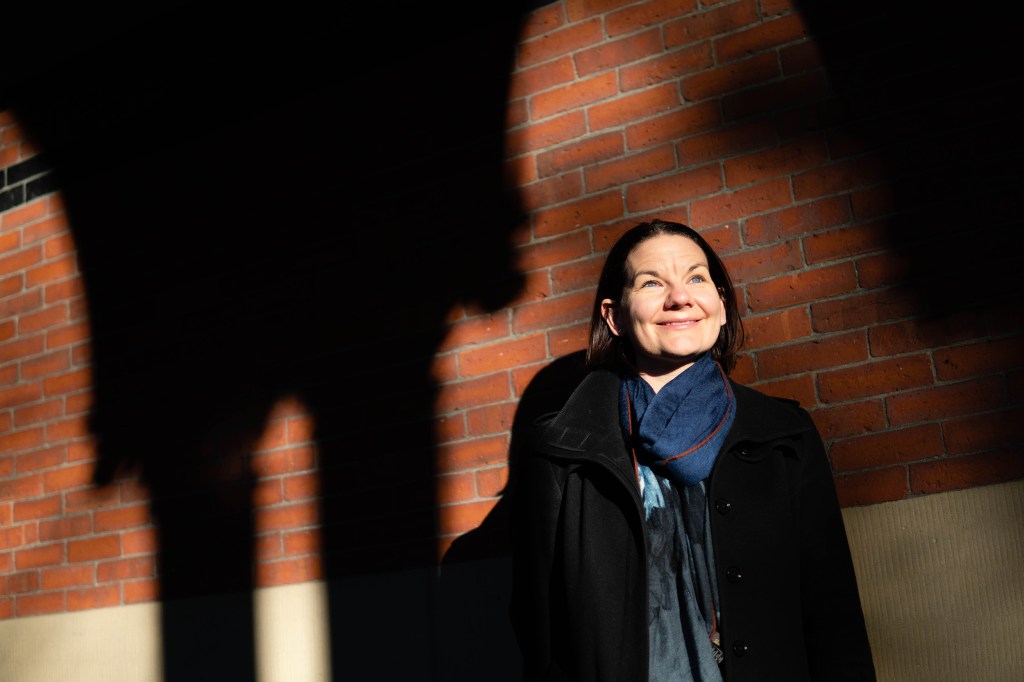
-
How plants adapt to climate change
Researchers at the Arnold Arboretum are studying how maple trees are adapting to climate change.
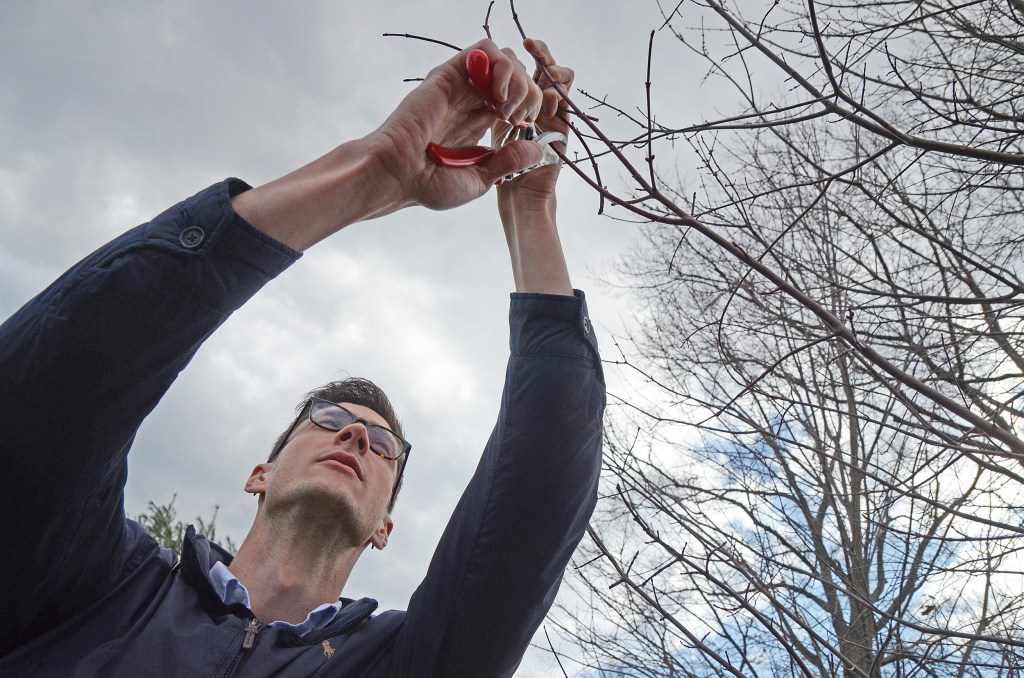
-
In a warming world, New England’s trees are storing more carbon
The rate at which carbon is captured from the atmosphere at Harvard Forest nearly doubled between 1992 and 2015, a 25-year study reveals.
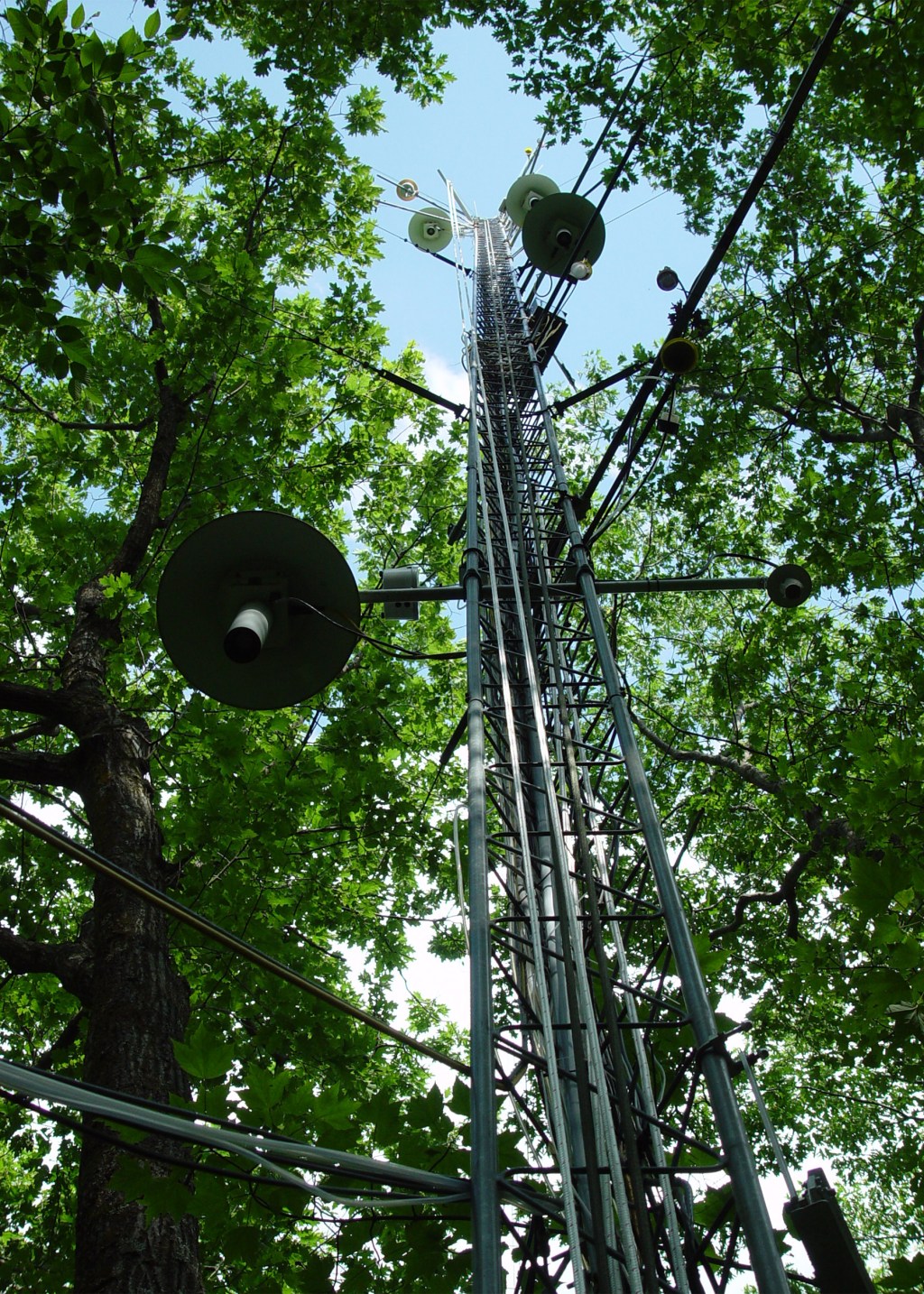
-
New species in an urban ecosystem (read: solar panel)
A new species of bacteria, one that makes its home on the relatively hot and dry surface of a solar panel, was discovered recently at the Arnold Arboretum, offering a lesson that nature’s reach extends even to the artificial.
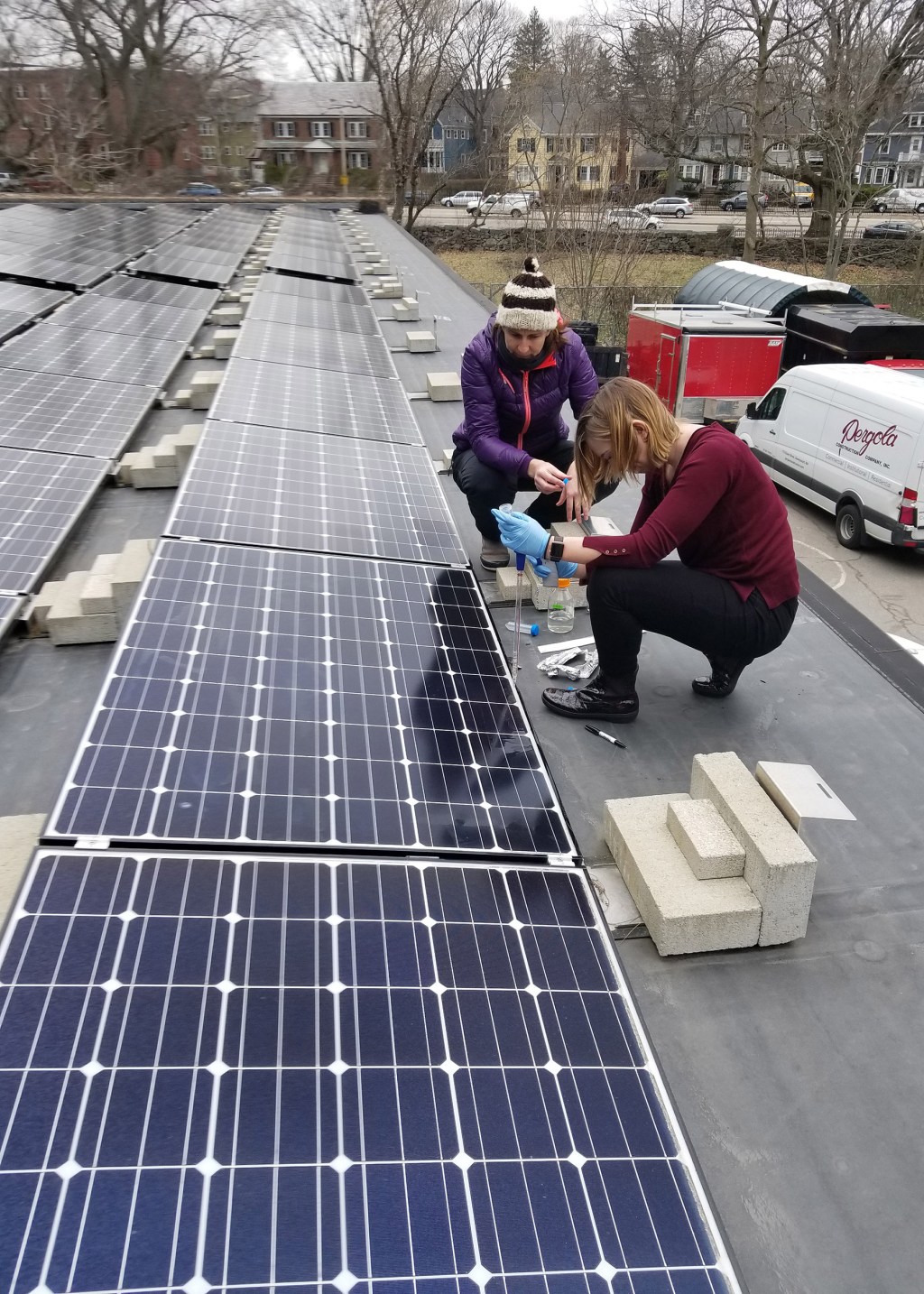
-
A speedier solution for molecular biomedical research
New quantum-classical algorithm brings nuclear magnetic resonance readings closer to “near-term” quantum computing.
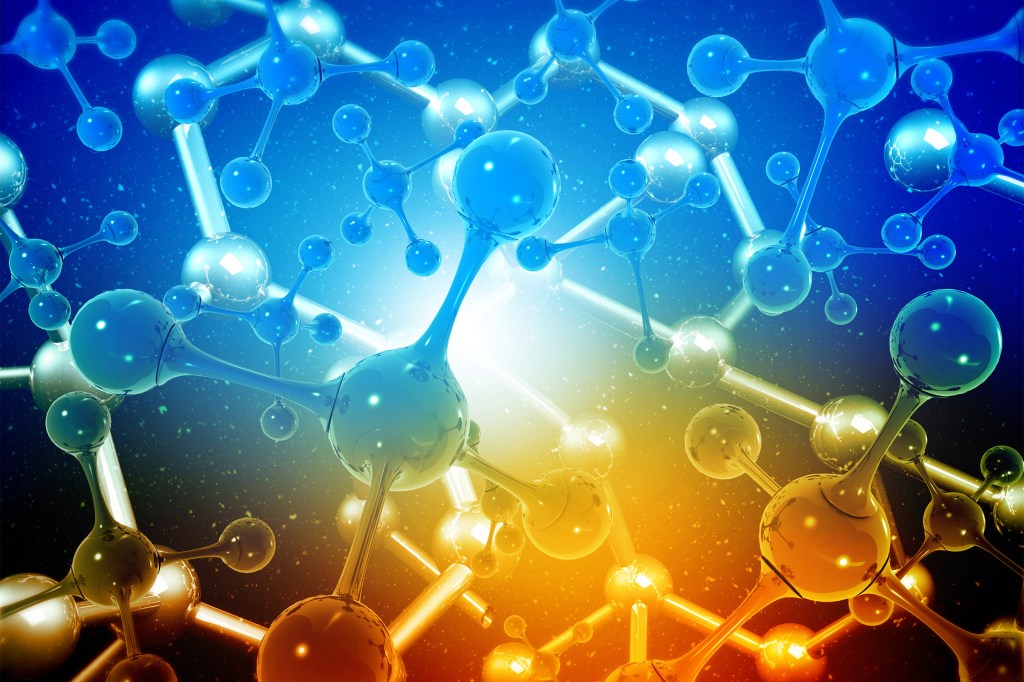
-
This is what a scientist looks like
Project aims to give young students real-life STEM role models

-
Forestalling food waste
With the goal of reducing food waste, a student-developed device predicts when an avocado will be ripe
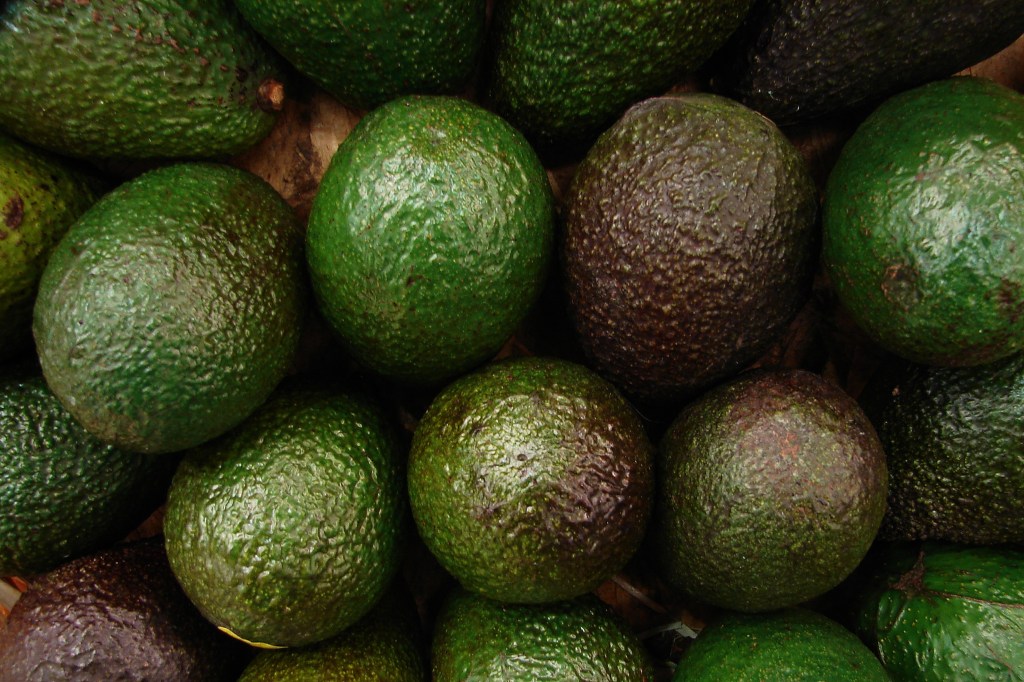
-
Mystery of the missing molecules
When scientists moved from manipulating atoms to messing with molecules, molecules started to disappear from view. Professor Kang-Kuen Ni has figured out why.
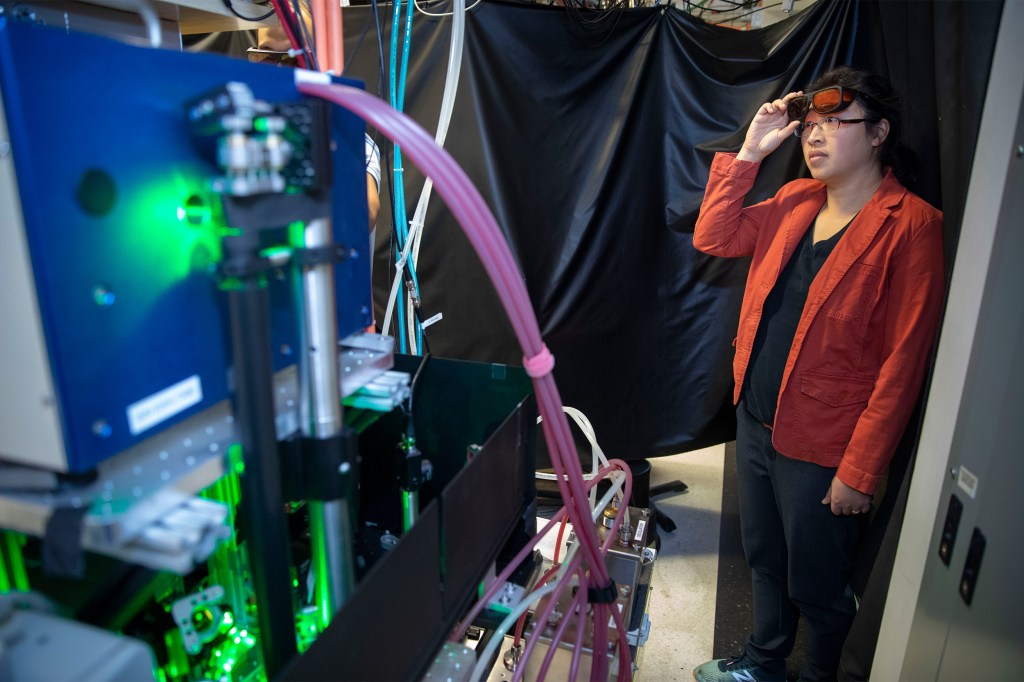
-
Getting under the skin of psoriasis
Researchers have created a treatment that when applied directly to the skin in a mouse model of psoriasis, significantly reduces levels of inflammation and symptoms of psoriasis without systemic side effects.
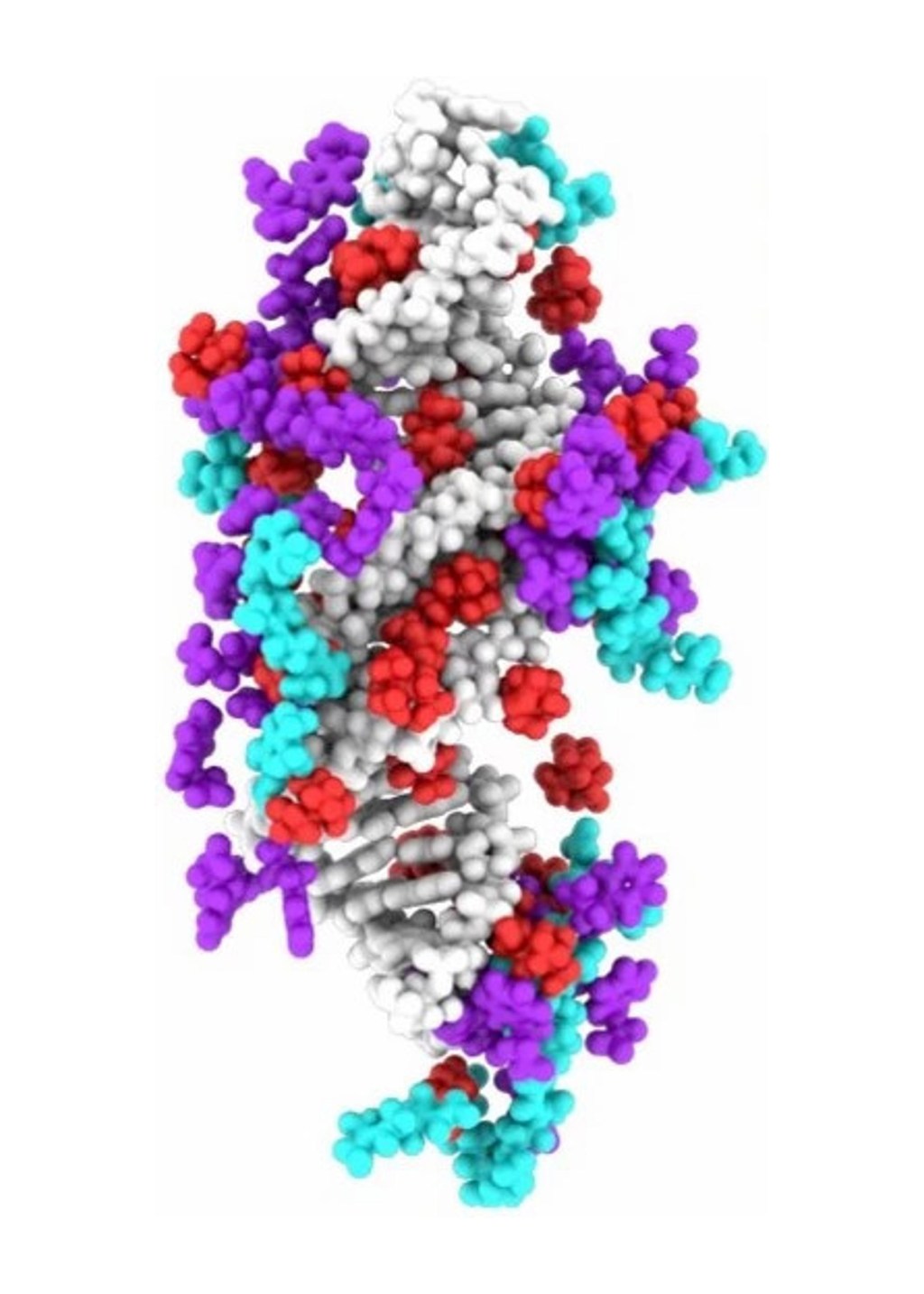
-
A versatile vessel for next-gen therapeutics
The startup company Vesigen will develop and commercialize the drug-delivery technology created in the lab of Harvard Chan School Professor Quan Lu.
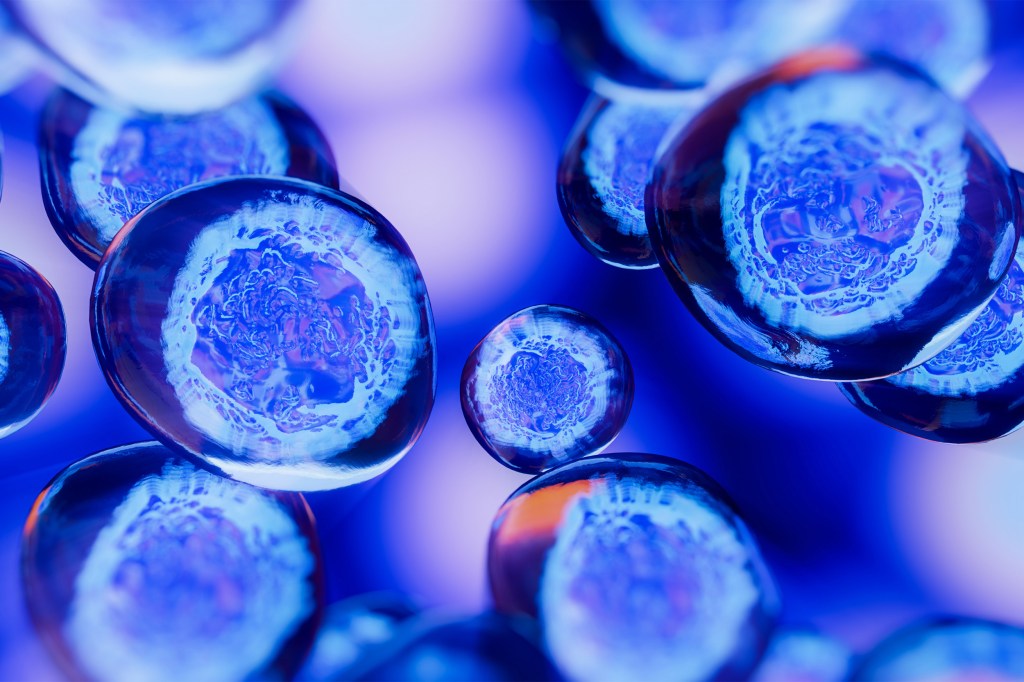
-
‘Universal phenomenon’ shared by metastatic prostate tumors
Prostate cancer progresses to a more-dangerous metastatic state by resurrecting dormant molecular mechanisms that had guided the fetal development of the prostate gland but had been subsequently switched off.
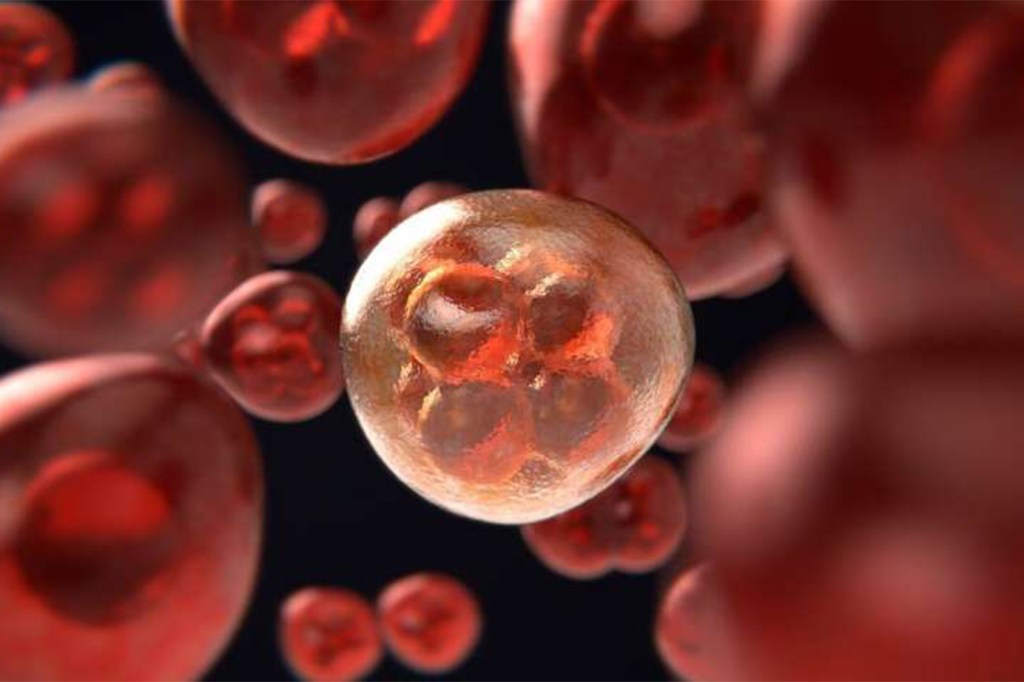
-
Getting to the bottom of goosebumps
Researchers have found that the same cell types that cause goosebumps are responsible for controlling hair growth.
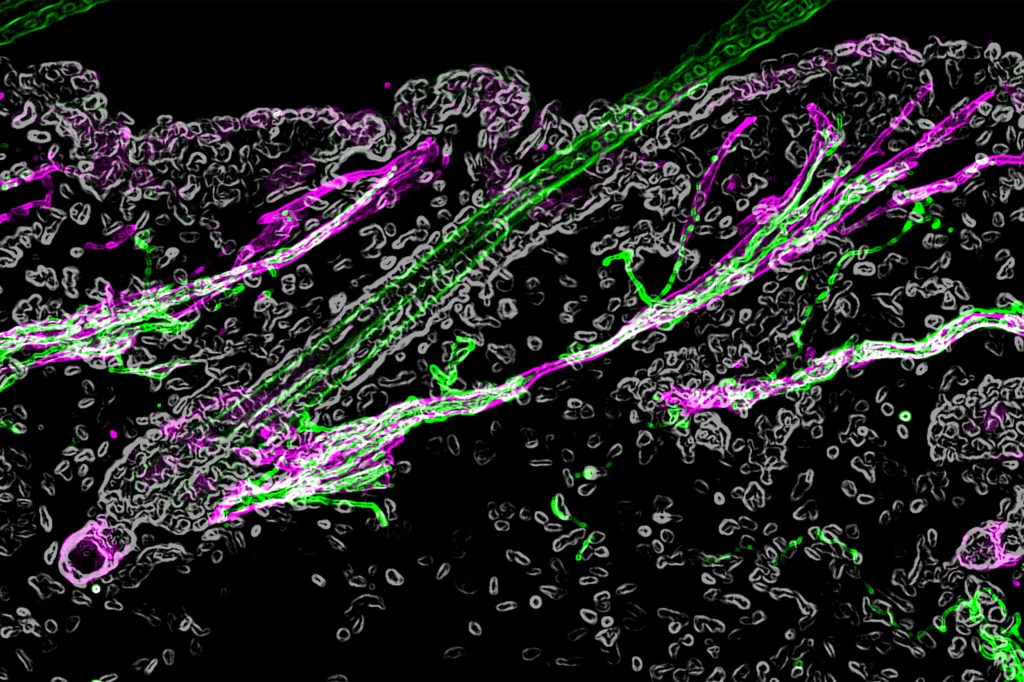
-
Better vaccines are in our blood
New platform technology uses red blood cells to generate targeted immune responses in mice
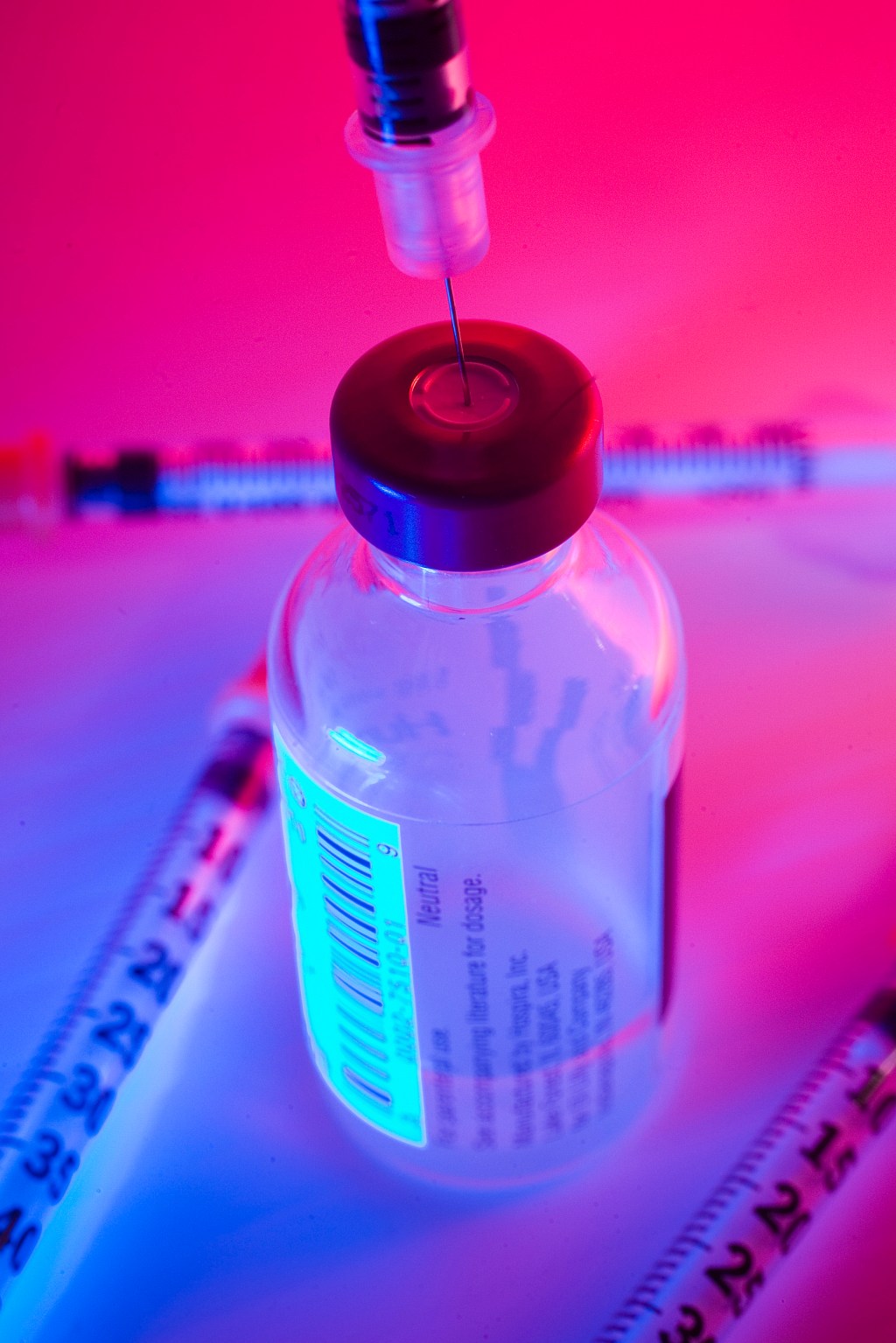
-
When a bird brain tops Harvard students on a test
African grey parrot Griffin shows off his brain power, making students doubt their own.
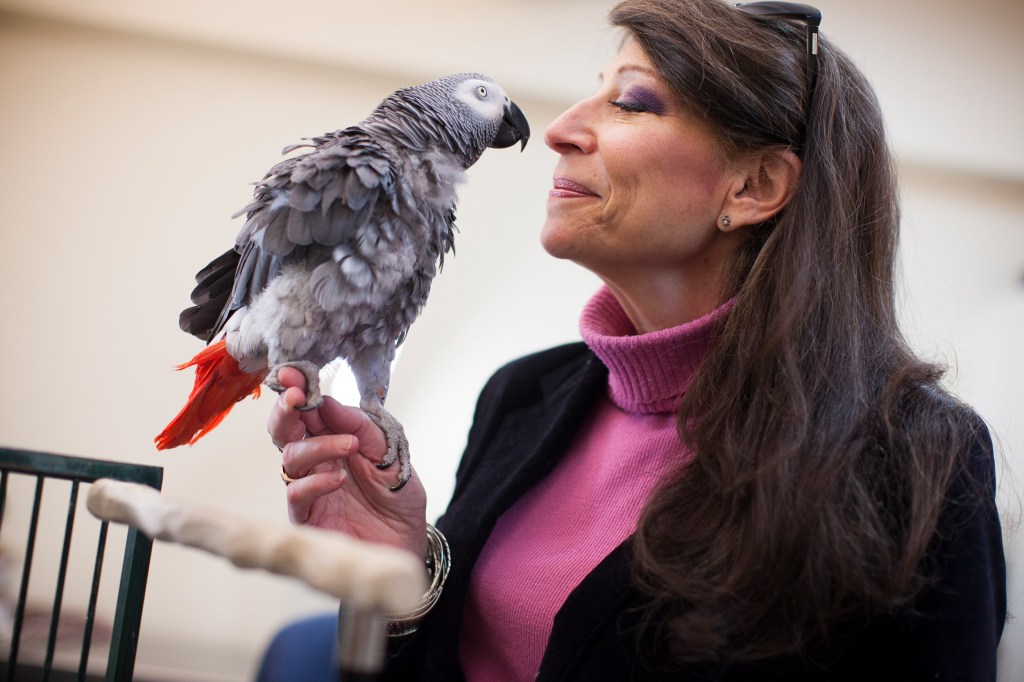
-
East Africa facing massive swarms of locusts
Researcher looks to sequence the pest’s genome as part of push to find a safer alternative to dangerous pesticides
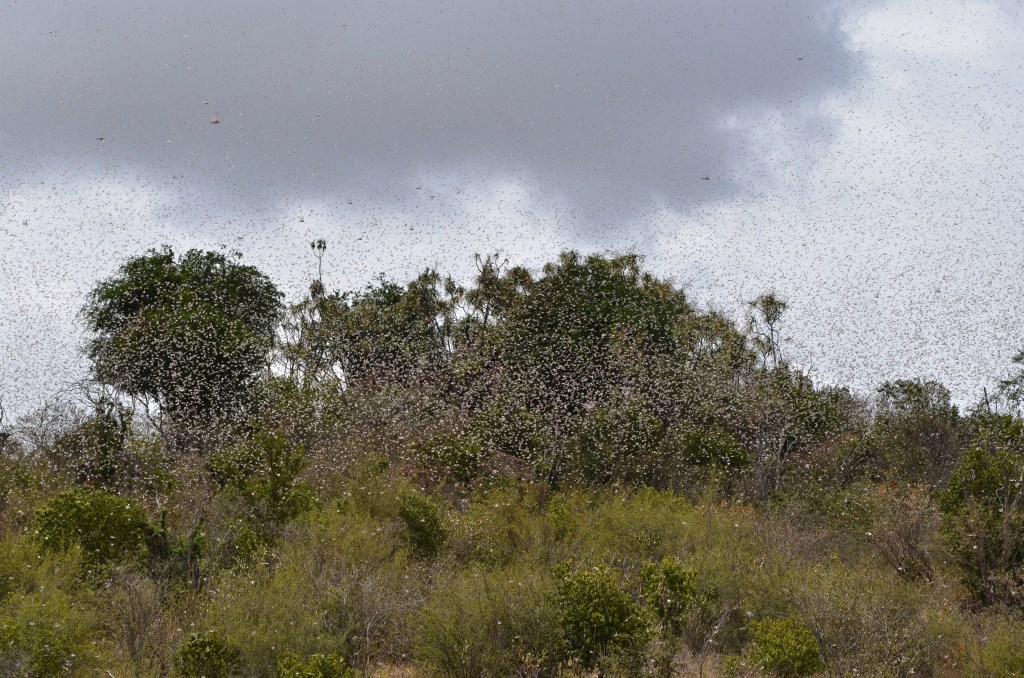
-
Is air conditioning helping spread COVID in the South?
Harvard researchers, drawing on insights from tuberculosis research, say air conditioners may be a factor in COVID-19’s spread down South, and relatively inexpensive germicidal ultraviolet lights a weapon.

-
An expedition at the Arboretum
The Arnold Arboretum’s new Expeditions Mobile App gives visitors an interactive experience with audio, text, and imagery — all in the palms of their hands.
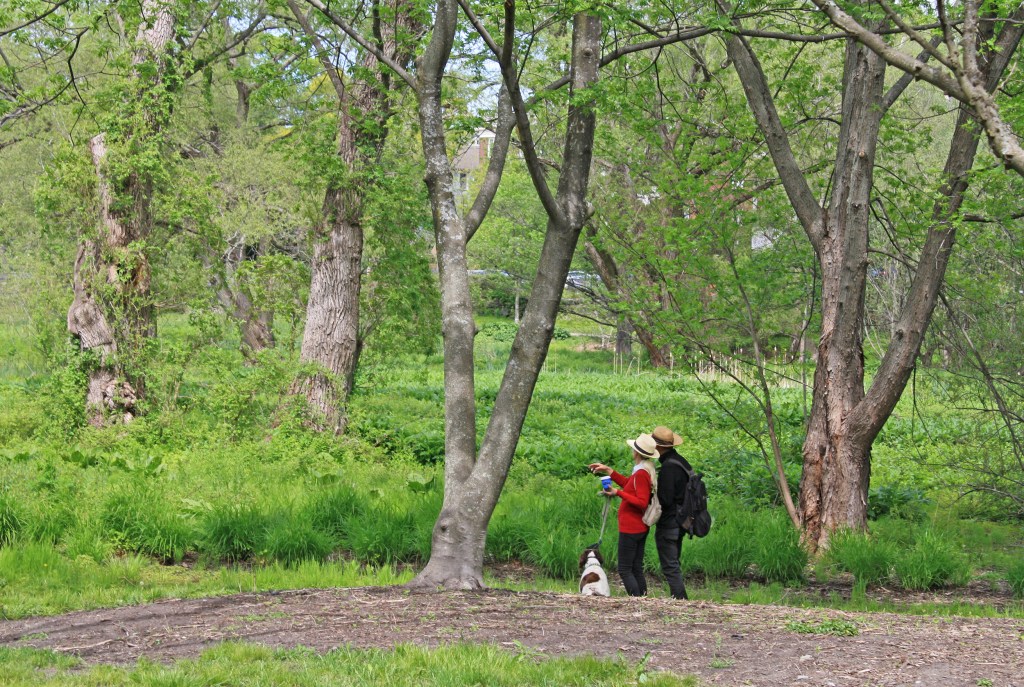
-
Nanofiber protects against extreme temperatures and projectiles
Harvard University researchers, in collaboration with the U.S. Army Combat Capabilities Development Command Soldier Center and West Point, have developed a lightweight, multifunctional nanofiber material that can protect wearers from both extreme temperatures and ballistic threats.
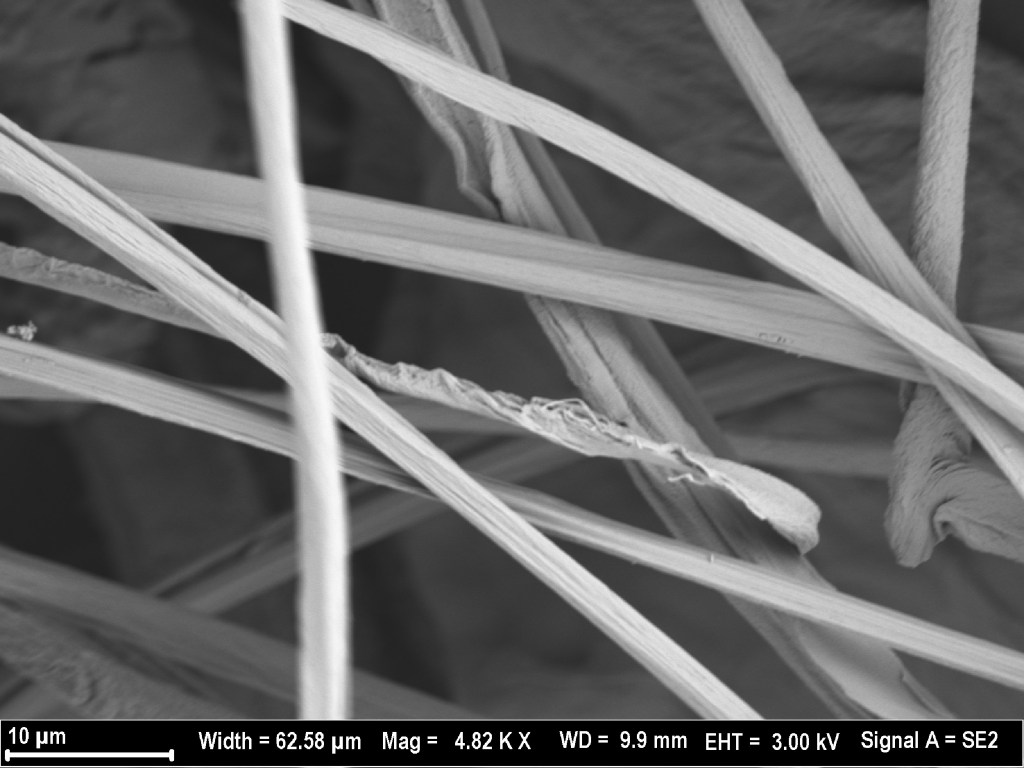
-
Lockdown? What lockdown?
Cellphone mobility data shows that most Americans have put the coronavirus lockdown in the rearview mirror and are moving about at nearly the same rate as they were before the pandemic began, according to a Harvard epidemiologist who studies such data.
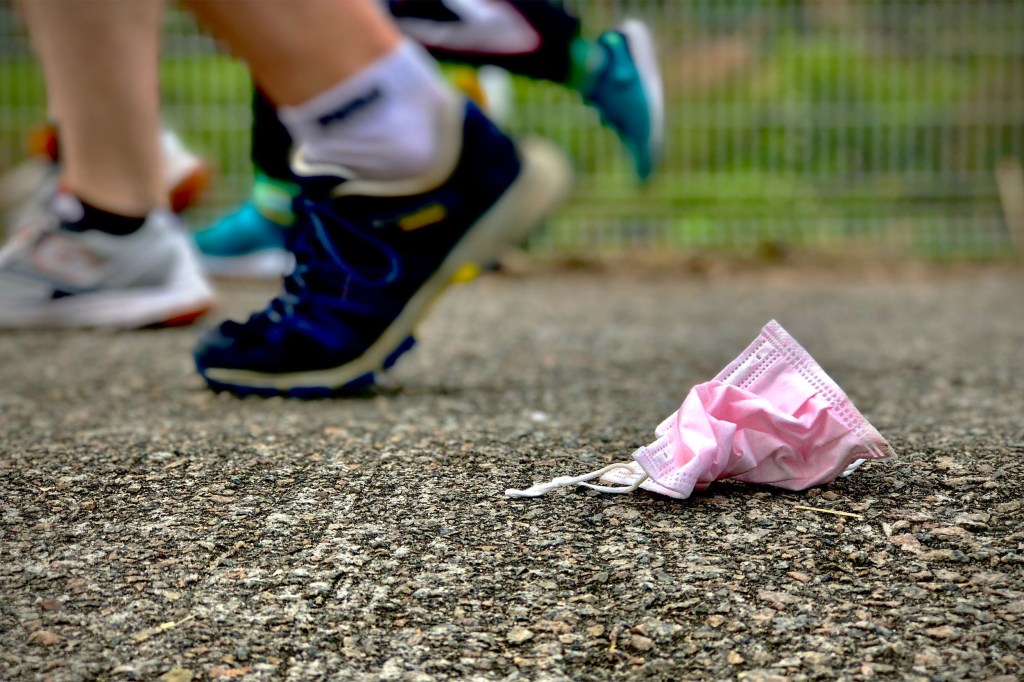
-
Microbes might manage your cholesterol
Researchers discover mysterious bacteria that break it down in the gut.
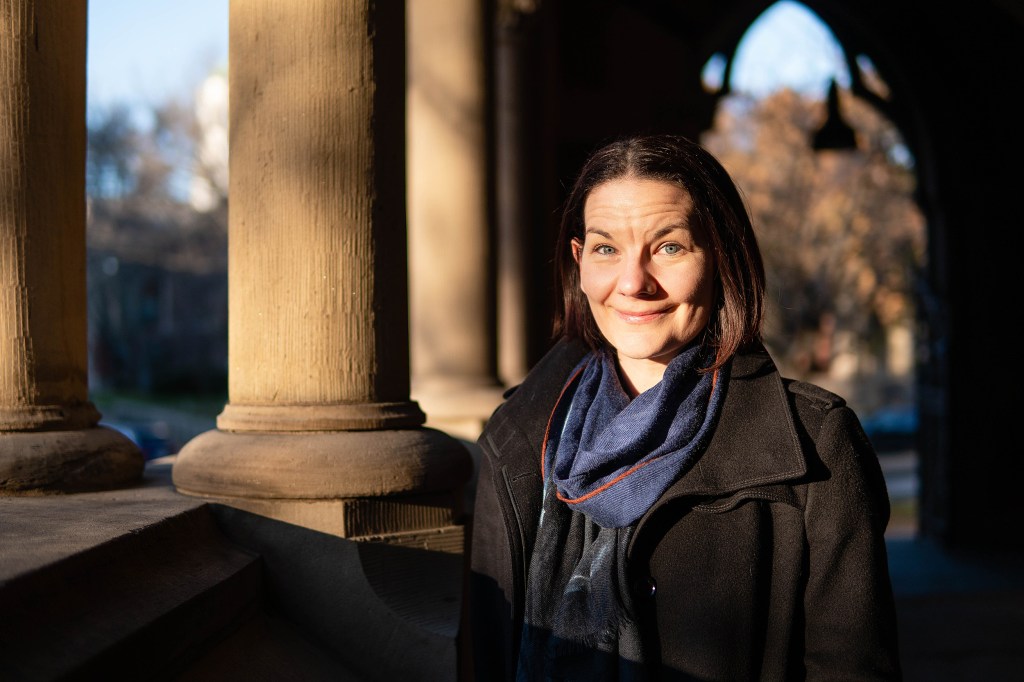
-
Finding COVID clues in movement
Tracking mobility of individuals offers hints of whether a problem is rising or falling.

-
Wyss Institute to accelerate drug testing for COVID treatment
With a $16 million agreement from DARPA, Harvard’s Wyss Institute will use its technology to identify and test already FDA-approved drugs that may prevent or treat COVID-19 infection.
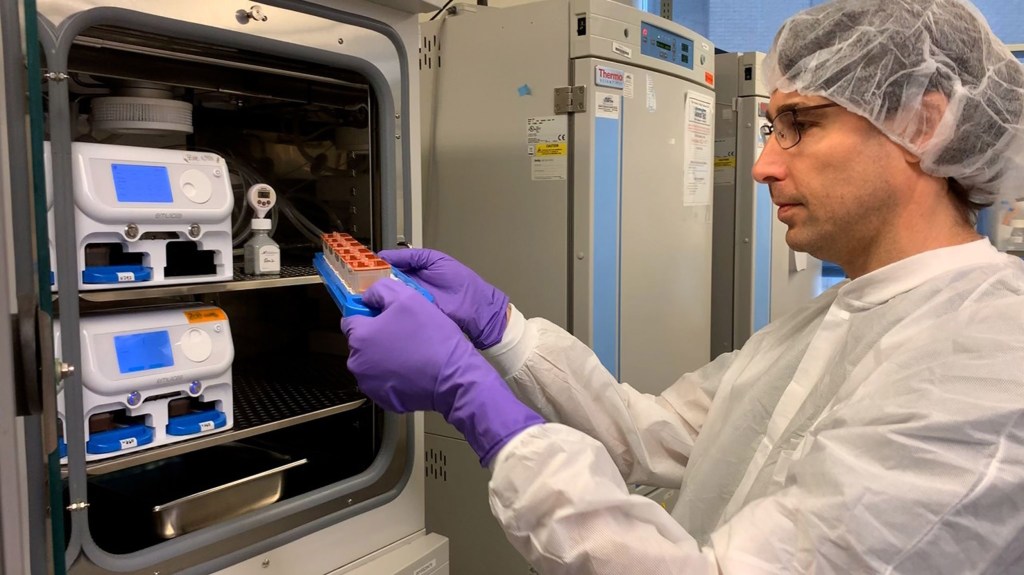
-
State of stasis
Neuroscientists have discovered neurons that control hibernation-like behavior in mice, a finding that could translate into applications in humans, such as preventing brain injury during a stroke.
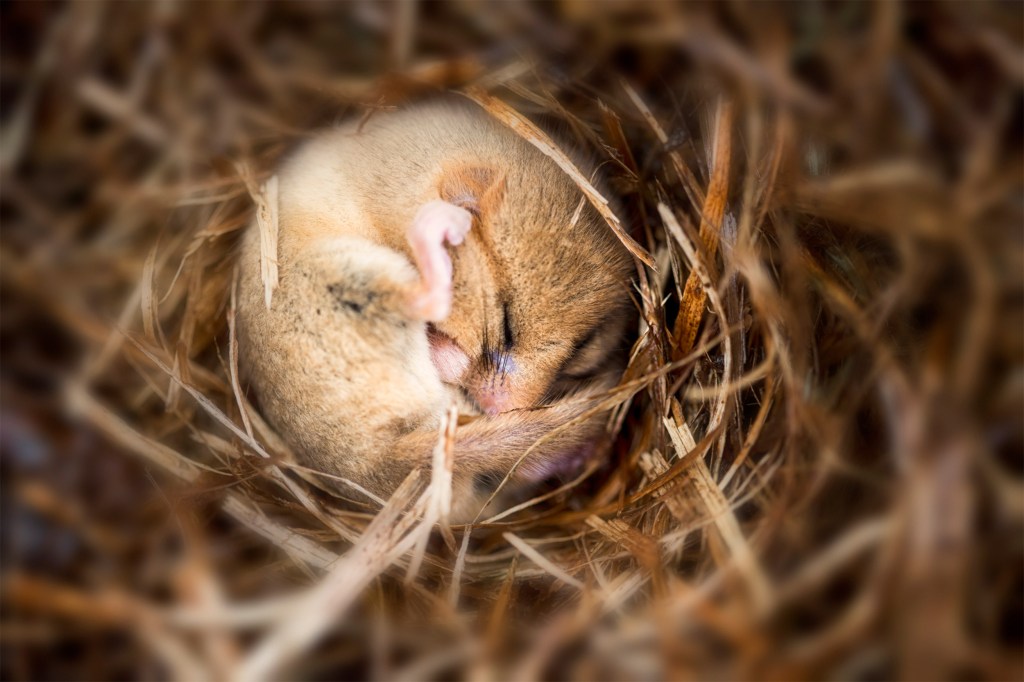
-
An engineering approach to shape neuronal connections
Precise control over neuron growth paves the way for repairing injuries, including those to the spinal cord, and improving brain models.
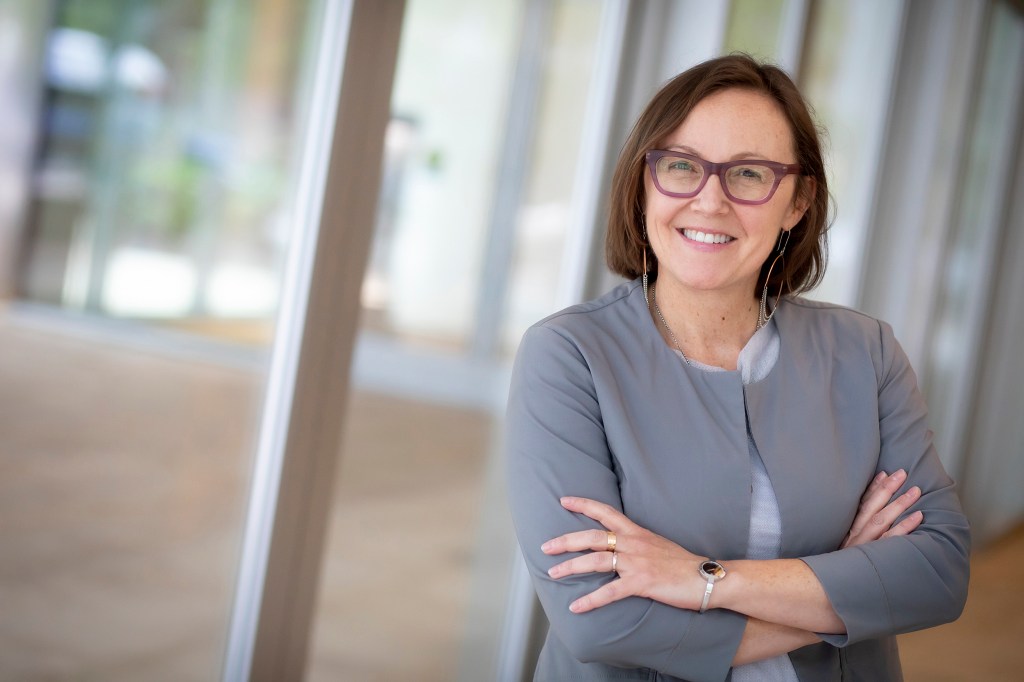
-
A promise to a friend
Wei Hsi “Ariel” Yeh dedicated her research in chemistry to solving some of the vast genetic mysteries behind hearing loss.

-
The origin of things
DNA-barcoded microbial spores can trace origin of objects, agricultural products.
